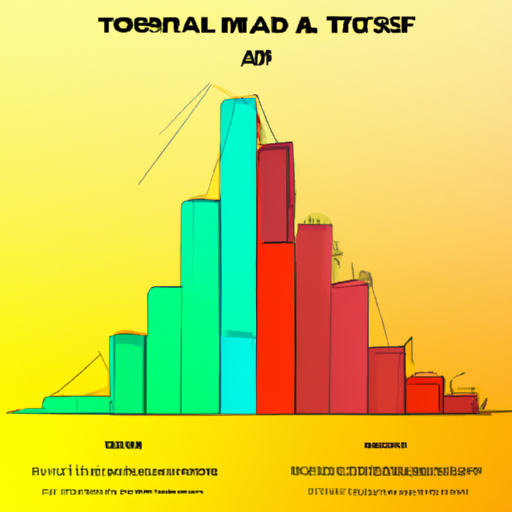Tether vs. DAI: A Battle for Dominance in the Stablecoin Market
Key Points:
- Tether (USDT) has achieved a market cap of $87.54 billion, cementing its position as the leading stablecoin.
- On the other hand, DAI is gaining popularity due to its decentralized nature and superior features.
- Experts argue that DAI’s decentralized stability mechanism offers more transparency and trust compared to Tether’s model.
- While Tether has faced regulatory scrutiny in the past, DAI operates on the Ethereum blockchain, benefiting from its decentralized nature.
- Both stablecoins serve a vital role in the crypto market by providing stability amidst the volatility inherent in cryptocurrencies.
The Rise of Tether
Tether (USDT), the leading stablecoin in the crypto market, has recently reached an impressive $87.54 billion market capitalization. Acting as a bridge between traditional fiat currencies and cryptocurrencies, stablecoins like Tether are designed to maintain a stable value, usually pegged to a specific fiat currency such as the U.S. dollar.
Tether’s success can be attributed to its widespread use in the crypto industry. It offers liquidity and stability, making it a popular choice for traders and investors. Tether also enjoys broad acceptance across various cryptocurrency exchanges, serving as a universally recognized stablecoin.
However, Tether’s centralized nature and lack of transparency have raised concerns. The stablecoin has faced regulatory scrutiny in the past, casting doubts over the veracity of its underlying reserves. This has compelled users and investors to explore alternatives that offer greater transparency.
The Emergence of DAI
DAI, a stablecoin created by MakerDAO, has emerged as a viable alternative to Tether. Unlike Tether, DAI operates on the Ethereum blockchain, leveraging smart contracts and decentralized mechanisms for stability.
One of DAI’s key features is its governance model that allows token holders to participate in decision-making processes. This decentralized approach provides greater transparency, as the community has oversight over critical aspects of DAI’s operation. It also enables a more inclusive and democratic system.
Additionally, DAI’s value stability mechanism is decentralized and market-driven. It maintains its value by employing collateralization with assets such as Ethereum (ETH), effectively leveraging the entire Ethereum ecosystem to maintain stability.
Tether vs. DAI: The Verdict
While Tether has undoubtedly dominated the stablecoin market with its massive market cap, DAI is gradually gaining traction due to its superior features and decentralized approach. DAI’s transparency and trustworthiness, enabled by its governance model and decentralized stability mechanism, offer users an alternative they can rely on.
Ultimately, both Tether and DAI serve vital roles in the crypto market, providing stability amidst the volatility of cryptocurrencies. However, as the crypto industry continues to evolve and users demand more transparency and decentralization, it is likely that DAI and similar decentralized stablecoins will continue to gain ground. As the battle for dominance between Tether and DAI unfolds, it remains to be seen which stablecoin will prevail.
Hot Take:
The increasing competition between Tether and DAI reflects the growing demand for stability within the crypto market. While Tether has established itself as the market leader, the emergence of DAI presents a more decentralized and transparent alternative. As awareness and adoption of cryptocurrencies continue to expand, users are likely to gravitate towards stablecoins that offer greater trust and community involvement. This dynamic competition will undoubtedly drive innovation and improvement in the stablecoin space, benefitting the entire crypto ecosystem.
